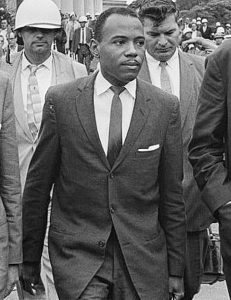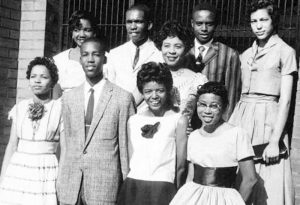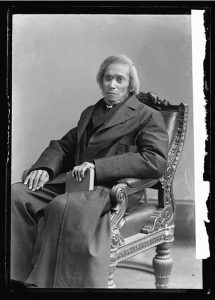
1837 Institute for Colored Youth founded by Richard Humphreys; later became Cheyney University.
1854 Ashmun Institute, the first school of higher learning for young black men, founded by John Miller Dickey and his wife, Sarah Emlen Cresson; later (1866) renamed Lincoln University (Pa.) after President Abraham Lincoln.
1856 Wilberforce University, the first black school of higher learning owned and operated by African Americans, founded by the African Methodist Episcopal Church. Its president, Daniel A. Payne, became the first African American University president in the country.
1869 Howard University’s law school becomes the country’s first black law school.
1876 Meharry Medical College, the first black medical school in the U.S., founded by the Freedman’s Aid Society of the Methodist Episcopal Church.
1881 Spelman College, the first college for black women in the U.S., founded by Sophia B. Packard and Harriet E. Giles.
1881 Booker T. Washington founds the Tuskegee Normal and Industrial Institute in Alabama. The school became one of the leading schools of higher learning for African Americans and stressed the practical application of knowledge.
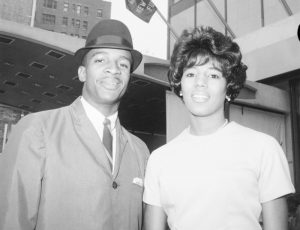
In 1896, George Washington Carver began teaching there as director of the department of agricultural research, gaining an international reputation for his agricultural advances.
1922 William Leo Hansberry teaches the first course in African civilization at an American university, at Howard University.
1944 Frederick Douglass Patterson establishes the United Negro College Fund to help support black colleges and black students.
1954 In the landmark case Brown v. Board of Education of Topeka, Kans., the Supreme Court rules unanimously that segregation in public schools in unconstitutional.
1957 President Dwight D. Eisenhower sends federal troops to ensure integration of the all-white Central High School in Little Rock, Ark. The Little Rock Nine were the first black students to attend the school.
1960 Black and white students form the Student Nonviolent Coordinating Committee (SNCC), dedicated to working against segregation and discrimination.
1962 James Meredith is the first black student to enroll at the University of Mississippi; on the day he enters the university, he is escorted by U.S. marshals.
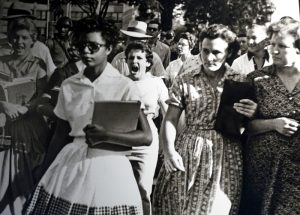 1963 Despite Governor George Wallace physically blocking their way, Vivian Malone and James Hood register for classes at the University of Alabama.
1963 Despite Governor George Wallace physically blocking their way, Vivian Malone and James Hood register for classes at the University of Alabama.
1968 San Francisco State University becomes the first four-year college to establish a black studies department.
1969 The Ford Foundation gives $1 million to Morgan State University, Howard University, and Yale University to help prepare faculty members to teach courses in African American studies.
2003 In Grutter v. Bollinger, the Supreme Court (5-4) upholds the University of Michigan Law School’s affirmative action policy, ruling that race can be one of many factors considered by colleges when selecting their students because it furthers “a compelling interest in obtaining the educational benefits that flow from a diverse student body.”

